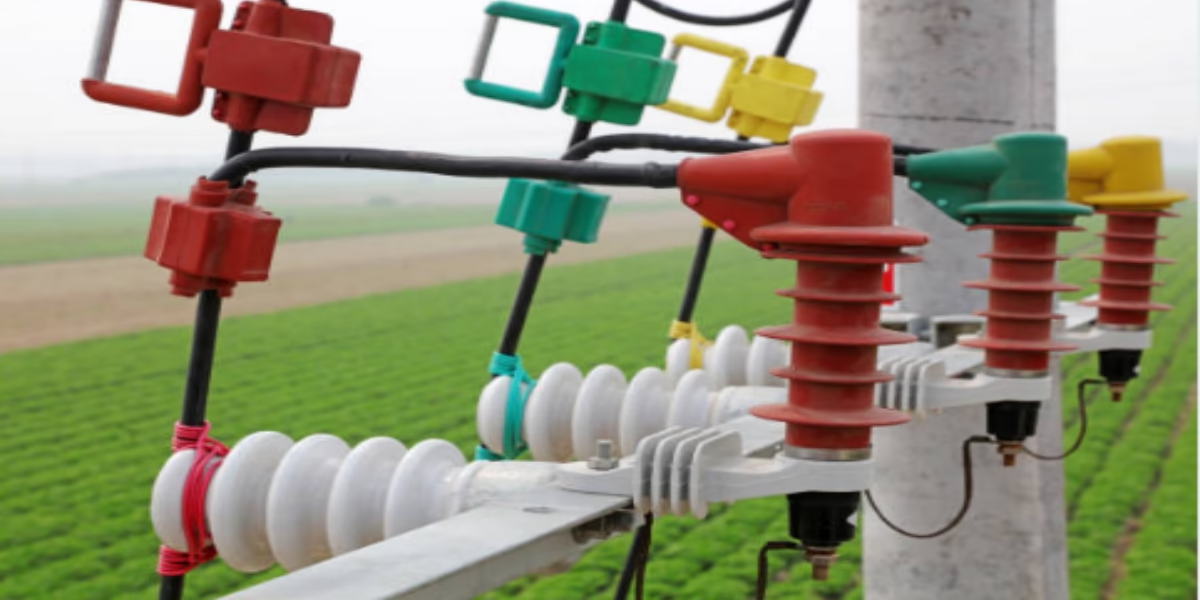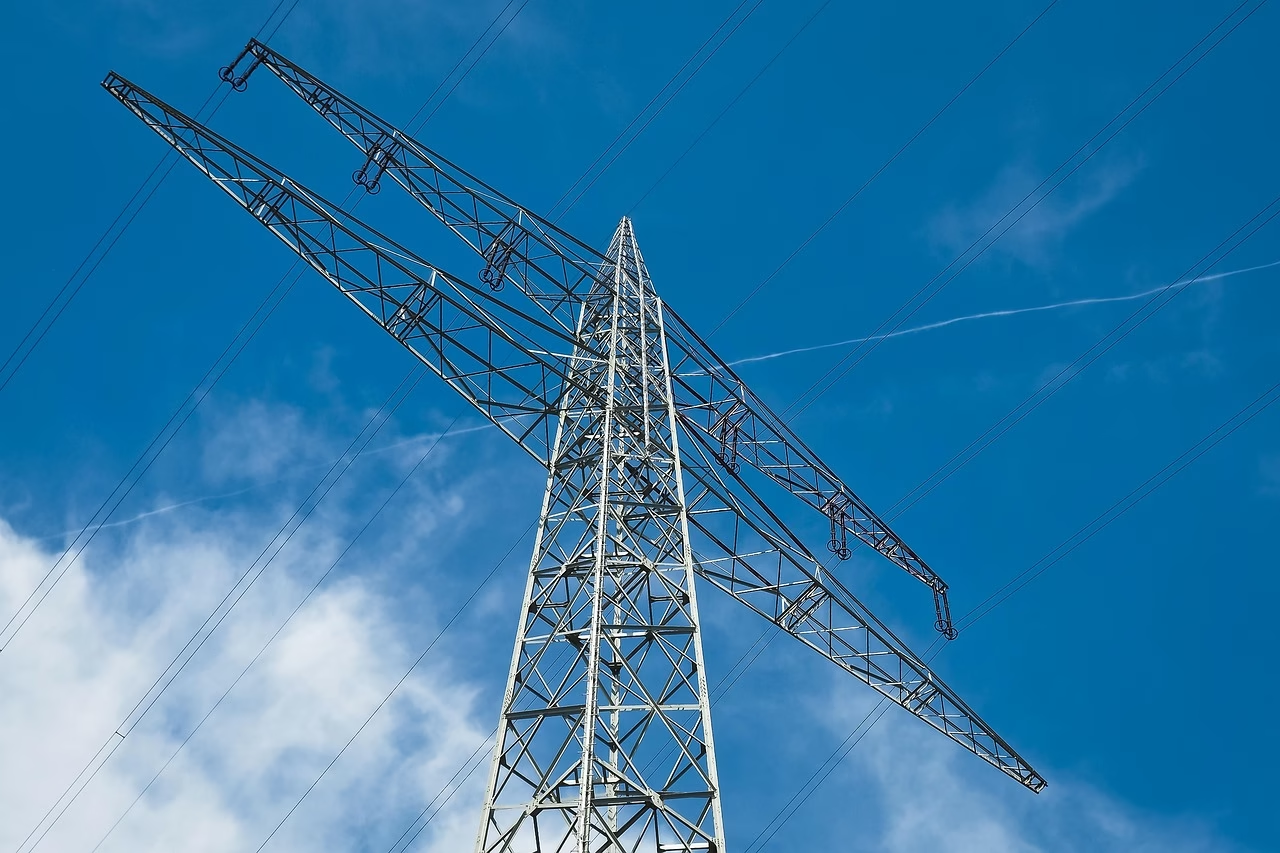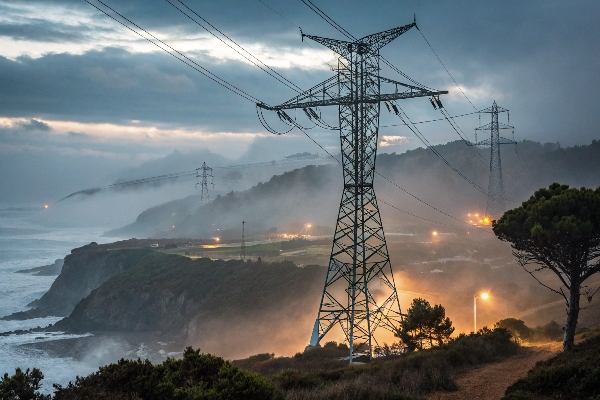In the intricate web of electrical distribution, where high voltage and reliability intersect, safety is not just a precaution; it is a necessity. Among the many components that ensure our power systems operate smoothly and securely, fuse cutouts stand out as unsung heroes. These vital devices play a pivotal role in protecting both infrastructure and human life from the unpredictable nature of electrical faults. Understanding fuse cutouts is essential for anyone involved in the energy sector, from engineers to safety inspectors, as these components are integral to maintaining the balance between efficiency and safety in power delivery. In this article, we will explore the intricacies of fuse cutouts—their design, function, and importance—unraveling the critical role they play in the architecture of modern electricity networks. Join us as we delve into the world of power safety and discover how these key components safeguard our access to electricity.
Table of Contents
- Exploring the functionality of Fuse Cutouts in Electrical Systems
- Essential Components of Fuse Cutouts and Their Role in Power Distribution
- Best Practices for Maintaining Fuse Cutouts for Enhanced Safety
- future Trends in Fuse Cutout Technology and Their Impact on Power Reliability
- Q&A
- In Summary
exploring the Functionality of Fuse Cutouts in Electrical Systems
Fuse cutouts are integral components in modern electrical systems, designed to enhance both safety and reliability. They serve as a protective mechanism,ensuring that electrical circuits are safeguarded against overcurrent conditions. By automatically disconnecting the circuit when current levels exceed a preset limit, these devices help prevent potential hazards such as equipment damage or electrical fires. Their design typically includes fuse links that can be replaced easily and insulative housings to protect against environmental factors.This functionality is essential, notably in outdoor applications where exposure to the elements can pose additional risks.
Moreover, fuse cutouts play a crucial role in the overall maintenance of power distribution networks. Their strategic placement helps to isolate faults, allowing for targeted repairs without disrupting the entire system. Key features that enhance their effectiveness include:
- Rapid operation: Immediate disconnection in case of faults.
- Visibility: Many models are designed to provide clear indicators of their status.
- Compatibility: Works with various voltage levels and types of electrical installations.
In essence, by understanding the functionality and application of fuse cutouts, electrical engineers and technicians can ensure enhanced safety measures are in place, thereby maintaining continuity of service and improving the resilience of power systems.
Essential Components of Fuse cutouts and Their Role in Power Distribution
Fuse cutouts play a pivotal role in the realm of power distribution, primarily serving as a protective component that ensures safety and reliability within electrical systems. the key components of a fuse cutout include the fuse element,which is designed to melt and interrupt the circuit during overload conditions,thereby protecting equipment from damage. Additionally, the insulator is essential for providing electrical isolation, allowing the cutout to maintain safe voltage levels while supporting the fuse’s operational integrity. Other critical parts include the operating mechanism, which facilitates the manual operation of the cutout, and the mounting bracket, ensuring secure installation on power poles or distribution boxes.
Furthermore, understanding how these components interact is crucial for effective power distribution management.The fuse link is specifically engineered to handle specific current ratings, enhancing the system's efficiency by reducing needless interruptions. The indicator in a cutout can provide visual cues for maintenance and operational checks, ensuring that technicians can promptly address any issues. Here's a simple overview of the components and their functions:
| Component | function |
|---|---|
| Fuse Element | Interrupts circuit during overload |
| Insulator | Provides electrical isolation |
| Operating Mechanism | Facilitates manual operation |
| Indicator | Shows operational status |
Best Practices for Maintaining Fuse Cutouts for Enhanced Safety
To ensure the longevity and reliability of fuse cutouts, regular inspections and maintenance are paramount.Conducting visual inspections helps identify signs of wear, corrosion, or mechanical damage. Additionally, keeping the areas around the cutouts clean and free of debris enhances their performance. Consider establishing a routine maintenance schedule that includes the following tasks:
- Checking for any visible damage or irregularities.
- testing the functionality of the fuses to ensure they operate correctly.
- Inspecting the sealing and insulator condition for leaks or cracks.
- Verifying connections and tightening any loose hardware.
Documentation plays an important role in managing fuse cutout maintenance.Maintaining records of inspections, tests, and repairs can provide valuable insight into the history of the equipment and facilitate timely interventions. Establishing a logbook can be an effective way to track maintenance activities. consider using a table format for efficient entry management:
| Date | Maintenance Activity | Inspector | Notes |
|---|---|---|---|
| 03/15/2023 | Visual Inspection | John Doe | No issues found. |
| 06/20/2023 | Functionality test | Jane Smith | Fuse functioning normally. |
| 09/10/2023 | Hardware Tightening | Emily Davis | Tightened several connections. |
Future Trends in Fuse Cutout Technology and Their Impact on Power Reliability
As the energy landscape evolves, so too does fuse cutout technology, emerging as a crucial link between safety and efficiency in power distribution. Anticipated trends include the integration of smart technology that enhances monitoring and diagnostic capabilities.By utilizing sensors and iot connectivity, fuse cutouts are expected to provide real-time data on electrical loads, fault conditions, and geographical performance. This shift towards digitization not only allows for timely preventive maintenance but also supports predictive analytics for optimizing power reliability.
Furthermore, the use of eco-friendly materials in the manufacturing of fuse cutouts signifies a growing commitment to sustainability in the power sector. This trend not only responds to regulatory pressures but also offers improved durability and reduced environmental impact. In addition, manufacturers are focusing on compact designs that enhance the ease of installation and maintenance, making it easier for utility companies to adapt to changing demand. Together, these innovative developments are set to enhance the performance, reliability, and safety of power distribution systems globally.
Q&A
Q&A: Understanding Fuse Cutouts – Key Components in Power Safety
Q1: What exactly is a fuse cutout?
A1: A fuse cutout is an electrical device used in overhead power distribution systems designed to protect electrical circuits from overloads and short circuits. It acts as a safeguard, disconnecting the power supply when excessive current flows through the system, thereby preventing potential damage to electrical equipment and ensuring safety.
Q2: How does a fuse cutout work?
A2: Fuse cutouts typically include a fuse element and an insulator. When an overcurrent is detected, the heat generated causes the fuse element to melt and break the circuit. This mechanism interrupts the flow of electricity safely. After the fault is cleared, the cutout can be reset, making it simple to restore power without needing extensive repairs.
Q3: What are the main components of a fuse cutout?
A3: the primary components of a fuse cutout include the fuse link (which melts under excess current), the insulator (which provides electrical insulation), and the mounting structure (which secures the cutout to overhead lines). Some designs also include a visual indicator to show the status of the fuse and enable easier maintenance checks.
Q4: In what situations are fuse cutouts most commonly used?
A4: fuse cutouts are primarily used in utility power lines and substations. They are essential for protecting distribution transformers, overhead power lines, and other high-voltage equipment from overload conditions caused by faults in the system. Their ability to quickly interrupt current makes them invaluable in maintaining system integrity.
Q5: Are there different types of fuse cutouts?
A5: Yes, there are several types of fuse cutouts, including open link and enclosed versions. Open link cutouts are frequently enough used in rural settings and are more exposed to the elements,while enclosed cutouts provide additional protection and are usually deployed in urban environments where space is limited.
Q6: What advantages do fuse cutouts offer over other protection devices?
A6: Fuse cutouts are highly reliable and provide robust protection. Their simplicity means minimal maintenance is required compared to more complex devices like circuit breakers. They also have a relatively low cost and operate effectively at high voltage levels, making them a preferred choice for many electrical engineers in power distribution networks.
Q7: How can utility workers ensure the proper functioning of fuse cutouts?
A7: Regular inspections are vital for the optimal functioning of fuse cutouts. Utility workers should check for signs of wear or corrosion, ensure that the visual indicators are operational, and verify the integrity of the connections. Additionally, keeping the surrounding area clear of vegetation and debris helps prevent unnecessary faults.
Q8: What role do fuse cutouts play in overall power safety?
A8: Fuse cutouts play a crucial role in maintaining power safety by acting as the first line of defense against electrical faults.They help minimize the risk of fires, equipment failure, and personal injury by ensuring that electrical faults do not escalate. Their reliable operation is essential for a resilient and secure power distribution system.
Q9: Can fuse cutouts be used in renewable energy systems?
A9: Absolutely! Fuse cutouts are also employed in renewable energy systems, such as solar power installations. They help protect inverters and other equipment from faults, ensuring that energy generation remains safe and stable, even as the demand for cleaner, renewable energy sources increases.
Q10: How might the future of fuse cutouts change with advancements in technology?
A10: As technology evolves, we might see the integration of smart technologies into fuse cutouts. Future advancements could include remote monitoring capabilities that allow utility companies to obtain real-time data for proactive maintenance. Enhanced materials and designs may also improve their resilience to harsh environmental conditions, further bolstering their role in safe power distribution.
In Summary
fuse cutouts serve as unsung heroes in the intricate web of power distribution, ensuring safety and reliability in our everyday lives. As we've explored, these pivotal devices not only protect electrical networks from overloads and faults but also play a crucial role in maintaining the integrity of power systems. By understanding the components and functionality of fuse cutouts,we can appreciate their importance in safeguarding both infrastructure and the communities they serve. As technology continues to evolve, so too will the design and application of these vital components, paving the way for a safer and more efficient power landscape. In a world increasingly reliant on electricity, recognizing the role of fuse cutouts invites us to reflect on the unseen mechanisms that keep the lights on and the world moving forward.





